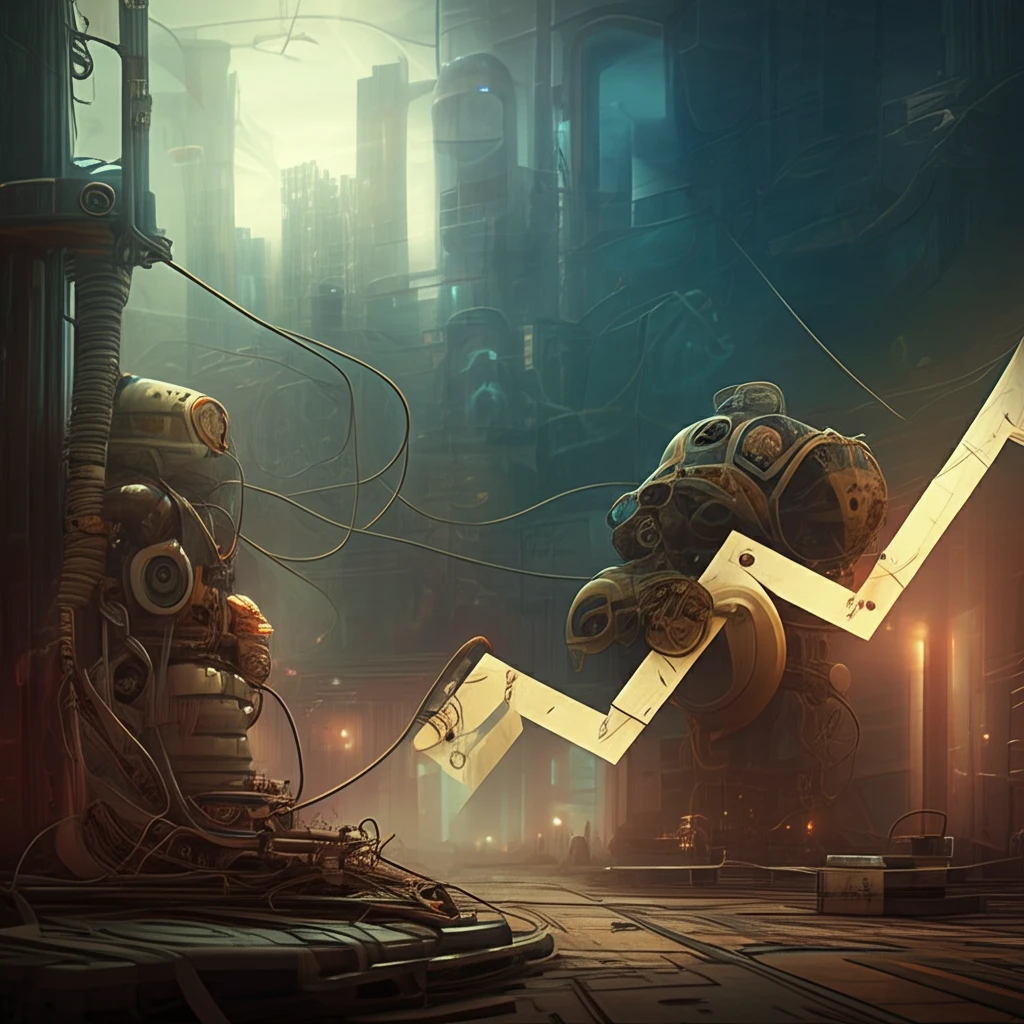
Unlock Economic Growth: How 'Vintage' Capital and Human Ingenuity Shape Our Future
"Discover the innovative vintage model that explains endogenous growth and the critical role of human capital in driving economic dynamics, influencing policy and investment strategies."
The quest to understand economic growth has led economists to explore various models, each attempting to capture the complex interplay of factors that drive prosperity. One such model, building on the work of Benhabib and Rustichini (1994), integrates the concept of 'vintage' capital with endogenous human capital growth. This approach, inspired by Lucas (1988), recognizes that human capital isn't just a given but is actively produced within the economic system. This synthesis provides a more nuanced understanding of how economies evolve.
At the heart of this model lies a production function that describes how goods are created. It considers not only the amount of capital available but also its 'vintage' or age. Older capital might be less productive than newer capital due to technological advancements or wear and tear. Human capital, representing the skills and knowledge of the workforce, is also factored in, with a portion of it allocated to producing more human capital for future periods.
To keep things manageable, the model simplifies certain aspects, such as limiting the lifespan of capital vintages to three periods. However, the core principles can be extended to scenarios with longer lifespans. The model also incorporates depreciation, reflecting the reality that capital loses value over time. This depreciation isn't necessarily uniform; it can vary depending on the vintage of the capital and can even account for learning-by-doing effects that enhance productivity.
How Does the Vintage Capital Model Actually Work?

The vintage capital model provides a framework for understanding how economies grow by considering the age and efficiency of capital goods. Unlike traditional models that treat capital as a homogenous entity, the vintage model recognizes that capital investments made at different times have different productivities. This approach is particularly relevant in industries characterized by rapid technological change.
- Vintage Capital: The model classifies capital into different 'vintages' based on when it was produced. Each vintage has its own productivity level, which typically declines over time due to depreciation and obsolescence.
- Endogenous Human Capital: Human capital, representing the skills and knowledge of the workforce, is not treated as a fixed resource. Instead, it's endogenously produced within the model. A portion of current human capital is allocated to education and training, which increases the stock of human capital in the future.
- Production Function: The model uses a production function to describe how output is generated from different vintages of capital and human capital. This function captures the substitutability and complementarity between these inputs.
- Depreciation: Capital vintages are subject to depreciation, which reduces their productivity over time. The depreciation rate can vary across vintages, reflecting differences in wear and tear or technological obsolescence.
- Optimization: Economic agents in the model make decisions about consumption, investment in new capital, and investment in human capital to maximize their utility or profits over time.
Vintage Capital and Beyond: Charting a Course for Sustainable Growth
The vintage capital model offers a valuable lens through which to examine economic growth. It highlights the importance of both physical and human capital, emphasizing that these resources are not static but evolve over time. By understanding the dynamics of vintage capital and endogenous human capital, policymakers and investors can make more informed decisions that promote sustainable and inclusive economic growth. Further research and refinements of this model will undoubtedly contribute to our understanding of the complex forces that shape our economic future.
